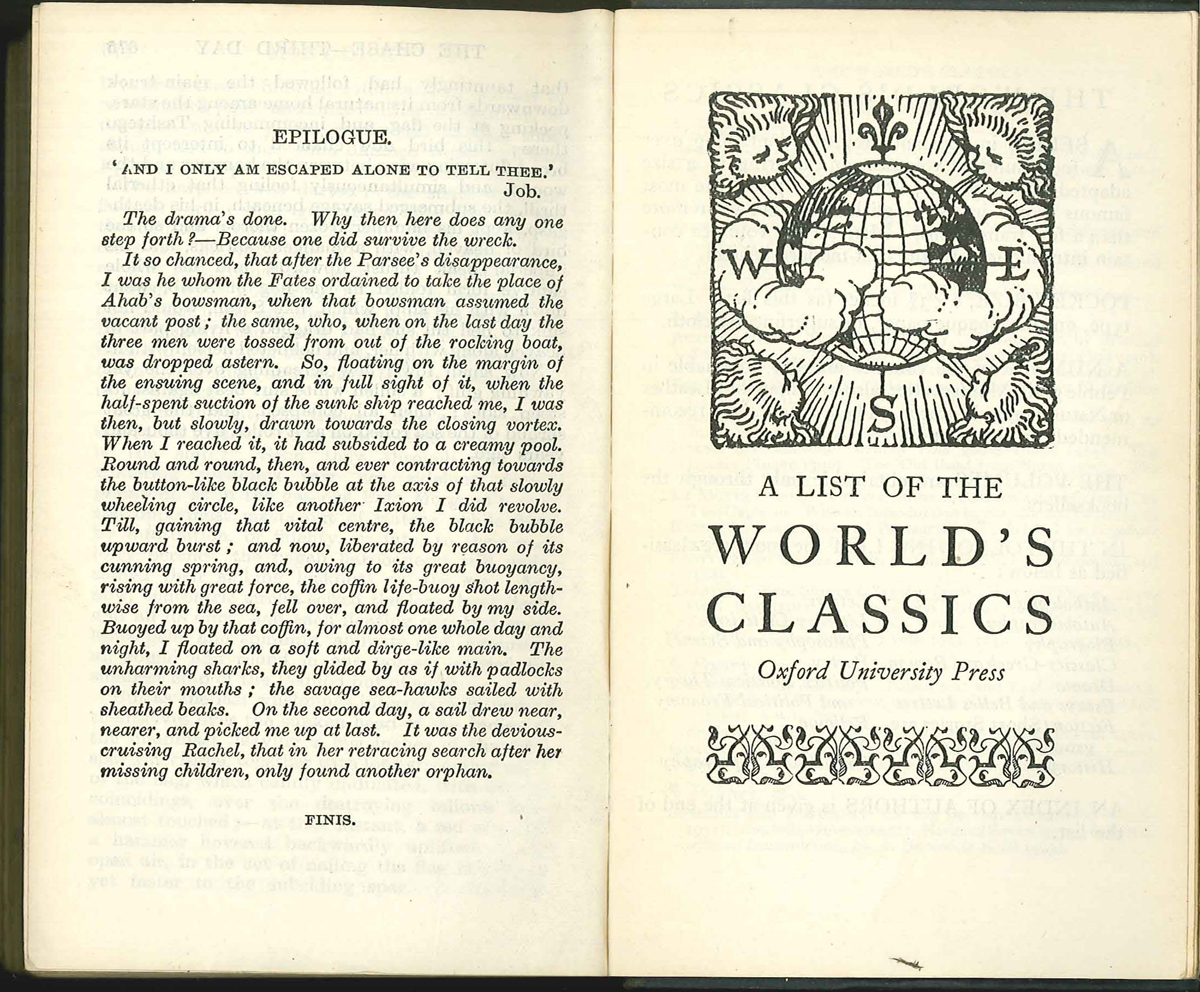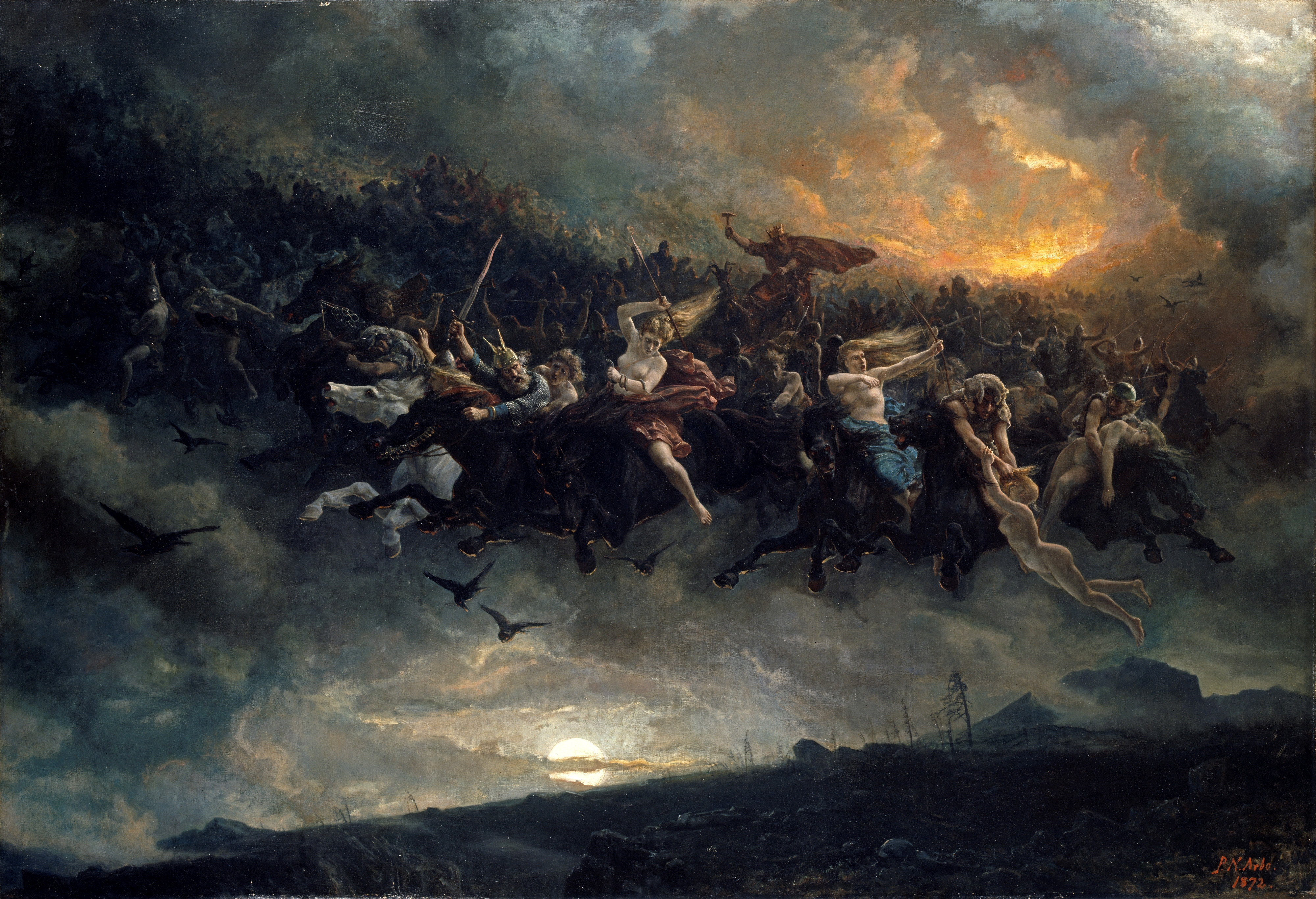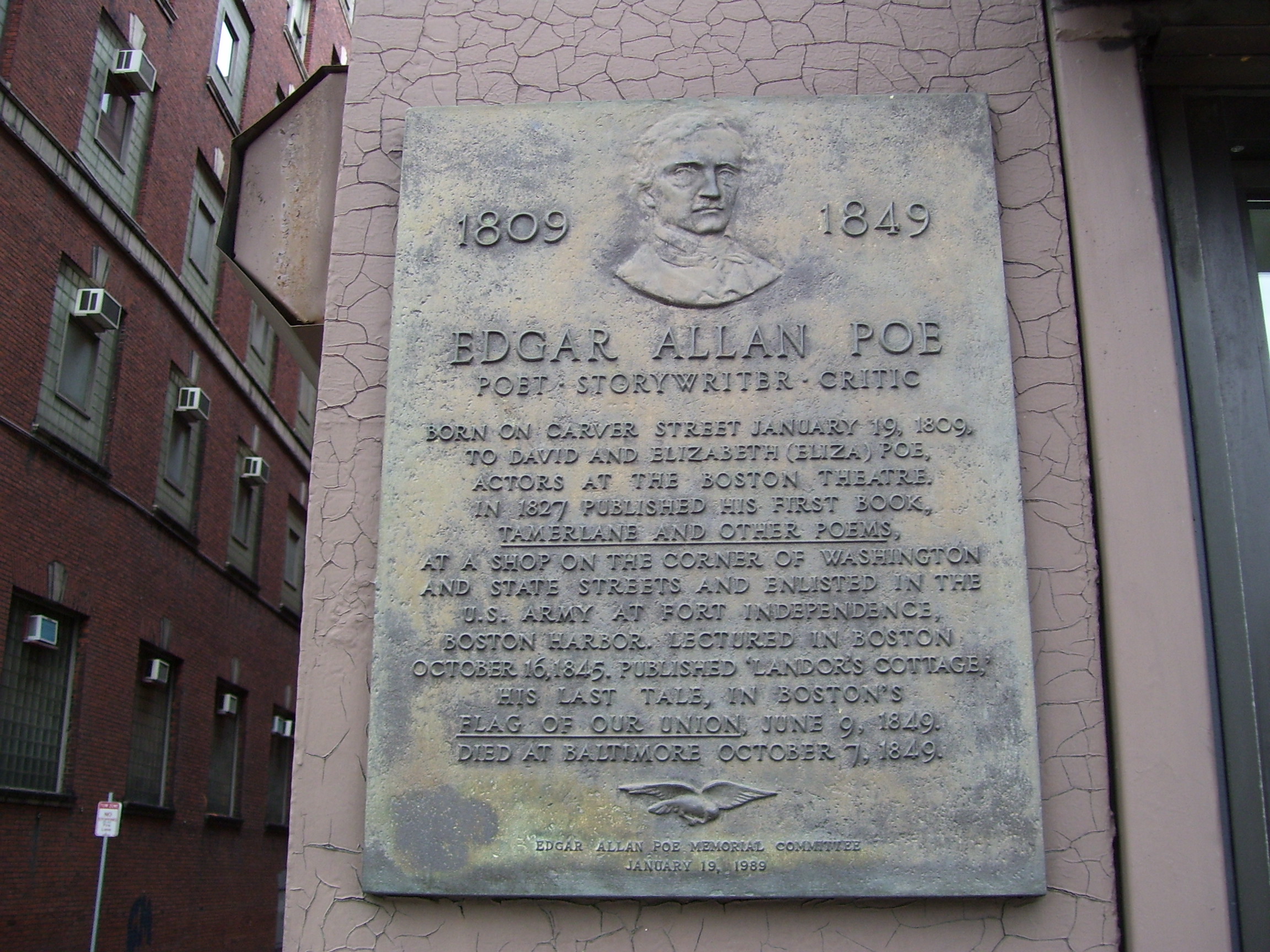|
Nachtstücke
The '' Nachtstücke'' or ''Night Pieces'' are a set of four character pieces for piano by the German composer and pianist Robert Schumann. Historical background The ''Nachtstücke'' (''Night Pieces''), Op. 23, were composed in 1839 together with ''Faschingsschwank aus Wien'' and published one year later. The ''Intermezzo'' from ''Faschingsschwank'' was originally published as a supplement to the '' Neue Zeitschrift'' and identified as a 'fragment from the ''Nachtstücke'' which are to appear shortly'. Schumann envisaged the following titles for the four pieces: # ''Trauerzug'' ("Funeral procession") # ''Kuriose Gesellschaft'' ("Strange company") # ''Nächtliches Gelage'' ("Nocturnal revelries") # ''Rundgesang mit Solostimmen'' ("Roundelay with solo voices") These titles were not included in the original edition. Death of brother Schumann wrote the ''Nachtstücke'' under extremely stressful circumstances. He was spending the winter in Vienna. On March 30, 1839, he received ... [...More Info...] [...Related Items...] OR: [Wikipedia] [Google] [Baidu] |
Der Sandmann
"The Sandman" ( German: ''Der Sandmann'') is a short story by . It was the first in an 1817 book of stories titled ''Die Nachtstücke'' (''The Night Pieces''). Plot summary The story is told by a narrator who claims to have known Lothar. It begins by quoting three letters: # A letter from Nathanael to Lothar, the brother of his fiancée, Clara. Nathanael recalls his childhood terror of the legendary Sandman, who was said to steal the eyes of children who would not go to bed and feed them to his own children who lived in the moon. Nathanael came to associate the Sandman with a mysterious nightly visitor to his father. He recounts that one night, he hid in his father's room to see the Sandman. It is Coppelius, an obnoxious lawyer come to carry out alchemical experiments. Coppelius begins taking "shining masses" out of the fire and hammering them into face-like shapes without eyes. When Nathanael screams and is discovered, Coppelius flings him to the hearth. He is about to throw fi ... [...More Info...] [...Related Items...] OR: [Wikipedia] [Google] [Baidu] |
Character Piece
A character piece is a musical composition which is expressive of a specific mood or non-musical idea. History The term "character piece" was coined by Marin Marais in the ''avertissement'' to his fifth book of viola da gamba music published in 1725. He writes that ''pièces de caractère'' are now received favorably by the public, so he has decided to insert many of them. Marais's pieces such as "La Petite Badinage" and "Dialogue" have descriptive, literary titles which differ from the ordinary stylized dance pieces of the time. In German, ''Charakterstück,'' was originally used for a broad range of 19th-century piano music based on a single idea or program, although attempts to use musical effects to describe nonmusical subjects are “probably as old as music itself.” Character pieces are a staple of Romantic music, and are essential to that movement's interest in the evocation of particular moods or moments. What distinguishes character pieces is the specificity of the ide ... [...More Info...] [...Related Items...] OR: [Wikipedia] [Google] [Baidu] |
Hector Berlioz
In Greek mythology, Hector (; grc, Ἕκτωρ, Hektōr, label=none, ) is a character in Homer's Iliad. He was a Trojan prince and the greatest warrior for Troy during the Trojan War. Hector led the Trojans and their allies in the defense of Troy, killing countless Greek warriors. He was ultimately killed in single combat by Achilles, who later dragged his dead body around the city of Troy behind his chariot. Etymology In Greek, is a derivative of the verb ἔχειν ''ékhein'', archaic form * grc, ἕχειν, hékhein, label=none ('to have' or 'to hold'), from Proto-Indo-European *'' seɡ́ʰ-'' ('to hold'). , or as found in Aeolic poetry, is also an epithet of Zeus in his capacity as 'he who holds verything together. Hector's name could thus be taken to mean 'holding fast'. Description Hector was described by the chronicler Malalas in his account of the ''Chronography'' as "dark-skinned, tall, very stoutly built, strong, good nose, wooly-haired, good beard, sq ... [...More Info...] [...Related Items...] OR: [Wikipedia] [Google] [Baidu] |
Epilogue
An epilogue or epilog (from Greek ἐπίλογος ''epílogos'', "conclusion" from ἐπί ''epi'', "in addition" and λόγος ''logos'', "word") is a piece of writing at the end of a work of literature, usually used to bring closure to the work. It is presented from the perspective of within the story. When the author steps in and speaks directly to the reader, that is more properly considered an afterword. The opposite is a prologue—a piece of writing at the ''beginning'' of a work of literature or drama, usually used to open the story and capture interest. Some genres, for example television programs and video games, call the epilogue an "outro" patterned on the use of "intro" for "introduction". Epilogues are usually set in the future, after the main story is completed. Within some genres it can be used to hint at the next installment in a series of work. It is also used to satisfy the reader's curiosity and to cover any loose ends of the story. History of the term T ... [...More Info...] [...Related Items...] OR: [Wikipedia] [Google] [Baidu] |
Arpeggio
A broken chord is a chord broken into a sequence of notes. A broken chord may repeat some of the notes from the chord and span one or more octaves. An arpeggio () is a type of broken chord, in which the notes that compose a chord are played or sung in a rising or descending order. An arpeggio may also span more than one octave. Being an Italian noun, its plural is ''arpeggi''. The word ''arpeggio'' comes from the Italian word ''arpeggiare'', which means ''to play on a harp''. Even though the notes of an arpeggio are not played or sung all together at the same time, listeners hear the sequence of notes as forming a chord. When an arpeggio also contains passing tones that are not part of the chord, different music theorists may analyze the same musical excerpt differently. Arpeggios enable composers writing for monophonic instruments that play one note at a time (e.g., flute, saxophone, trumpet), to voice chords and chord progressions in musical pieces. Arpeggios and brok ... [...More Info...] [...Related Items...] OR: [Wikipedia] [Google] [Baidu] |
Lute
A lute ( or ) is any plucked string instrument with a neck and a deep round back enclosing a hollow cavity, usually with a sound hole or opening in the body. It may be either fretted or unfretted. More specifically, the term "lute" can refer to an instrument from the family of European lutes. The term also refers generally to any string instrument having the strings running in a plane parallel to the sound table (in the Hornbostel–Sachs system). The strings are attached to pegs or posts at the end of the neck, which have some type of turning mechanism to enable the player to tighten the tension on the string or loosen the tension before playing (which respectively raise or lower the pitch of a string), so that each string is tuned to a specific pitch (or note). The lute is plucked or strummed with one hand while the other hand "frets" (presses down) the strings on the neck's fingerboard. By pressing the strings on different places of the fingerboard, the player can sho ... [...More Info...] [...Related Items...] OR: [Wikipedia] [Google] [Baidu] |
Wild Hunt
The Wild Hunt is a folklore motif (Motif E501 in Stith Thompson's Motif-Index of Folk-Literature) that occurs in the folklore of various northern European cultures. Wild Hunts typically involve a chase led by a mythological figure escorted by a ghostly or supernatural group of hunters engaged in pursuit. The leader of the hunt is often a named figure associated with Odin in Germanic legends, but may variously be a historical or legendary figure like Theodoric the Great, the Danish king , the Welsh psychopomp , biblical figures such as Herod, Cain, Gabriel, or the Devil, or an unidentified lost soul or spirit either male or female. The hunters are generally the souls of the dead or ghostly dogs, sometimes fairies, valkyries, or elves. Seeing the Wild Hunt was thought to forebode some catastrophe such as war or plague, or at best the death of the one who witnessed it. People encountering the Hunt might also be abducted to the underworld or the fairy kingdom. In some instances, ... [...More Info...] [...Related Items...] OR: [Wikipedia] [Google] [Baidu] |
The Nutcracker
''The Nutcracker'' ( rus, Щелкунчик, Shchelkunchik, links=no ) is an 1892 two-act ballet (""; russian: балет-феерия, link=no, ), originally choreographed by Marius Petipa and Lev Ivanov with a score by Pyotr Ilyich Tchaikovsky (Op. 71). The libretto is adapted from E. T. A. Hoffmann's 1816 short story "The Nutcracker and the Mouse King". Although the original production was not a success, the 20-minute suite that Tchaikovsky extracted from the ballet was. The complete ''Nutcracker'' has enjoyed enormous popularity since the late 1960s and is now performed by countless ballet companies, primarily during the Christmas season, especially in North America. Major American ballet companies generate around 40% of their annual ticket revenues from performances of ''The Nutcracker''. The ballet's score has been used in several film adaptations of Hoffmann's story. Tchaikovsky's score has become one of his most famous compositions. Among other things, the score is ... [...More Info...] [...Related Items...] OR: [Wikipedia] [Google] [Baidu] |
Carl Reinecke
Carl Heinrich Carsten Reinecke (23 June 182410 March 1910) was a German composer, conductor, and pianist in the mid-Romantic era. Biography Reinecke was born in what is today the Hamburg district of Altona; technically he was born a Dane, as until 1864 the town was under Danish rule. He received all his musical instruction from his father, (Johann Peter) Rudolf Reinecke (22 November 179514 August 1883), a music teacher and writer on musical subjects. Carl first devoted himself to violin-playing, but later on turned his attention to the piano. He began to compose at the age of seven, and his first public appearance as a pianist was when he was twelve years old. At the age of 19, he undertook his first concert tour as a pianist in 1843, through Denmark and Sweden, after which he lived for a long time in Leipzig, where he studied under Felix Mendelssohn, Robert Schumann and Franz Liszt; he entered into friendly relations with the former two. After the stay in Leipzig, Reinecke ... [...More Info...] [...Related Items...] OR: [Wikipedia] [Google] [Baidu] |
Edgar Allan Poe
Edgar Allan Poe (; Edgar Poe; January 19, 1809 – October 7, 1849) was an American writer, poet, editor, and literary critic. Poe is best known for his poetry and short stories, particularly his tales of mystery and the macabre. He is widely regarded as a central figure of Romanticism in the United States, and of American literature. Poe was one of the country's earliest practitioners of the short story, and considered to be the inventor of the detective fiction genre, as well as a significant contributor to the emerging genre of science fiction. Poe is the first well-known American writer to earn a living through writing alone, resulting in a financially difficult life and career. Poe was born in Boston, the second child of actors David and Elizabeth "Eliza" Poe. His father abandoned the family in 1810, and when his mother died the following year, Poe was taken in by John and Frances Allan of Richmond, Virginia. They never formally adopted him, but he was with them well ... [...More Info...] [...Related Items...] OR: [Wikipedia] [Google] [Baidu] |
Romanticism
Romanticism (also known as the Romantic movement or Romantic era) was an artistic, literary, musical, and intellectual movement that originated in Europe towards the end of the 18th century, and in most areas was at its peak in the approximate period from 1800 to 1850. Romanticism was characterized by its emphasis on emotion and individualism, clandestine literature, paganism, idealization of nature, suspicion of science and industrialization, and glorification of the past with a strong preference for the medieval rather than the classical. It was partly a reaction to the Industrial Revolution, the social and political norms of the Age of Enlightenment, and the scientific rationalization of nature. It was embodied most strongly in the visual arts, music, and literature, but had a major impact on historiography, education, chess, social sciences, and the natural sciences. It had a significant and complex effect on politics, with romantic thinkers influencing conservatism, libe ... [...More Info...] [...Related Items...] OR: [Wikipedia] [Google] [Baidu] |
Automaton
An automaton (; plural: automata or automatons) is a relatively self-operating machine, or control mechanism designed to automatically follow a sequence of operations, or respond to predetermined instructions.Automaton – Definition and More from the Free Merriam-Webster Dictionary http://www.merriam-webster.com/dictionary/automaton Some automata, such as Jacquemart (bellstriker), bellstrikers in mechanical clocks, are designed to give the illusion to the casual observer that they are operating under their own power. Since long ago, the term is commonly associated with automated puppets that resemble moving humans or animals, built to impress and/or to entertain people. Animatronics are a modern type of automata with electronics, often used for the portrayal of characters in films and in theme park attractions. Etymology The word "automaton" is the latinization of the Ancient Greek , , (neuter) "acting of one's own will". This word was first used by Homer to describe an auto ... [...More Info...] [...Related Items...] OR: [Wikipedia] [Google] [Baidu] |






.jpg)


